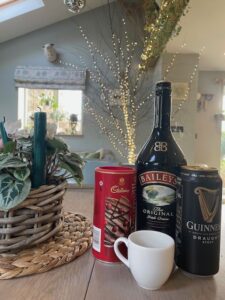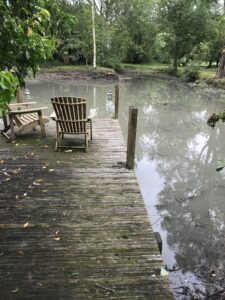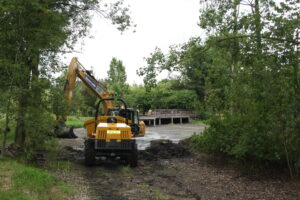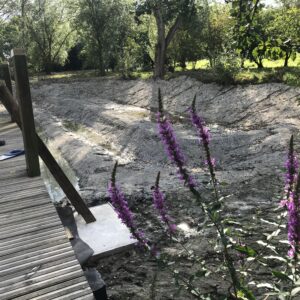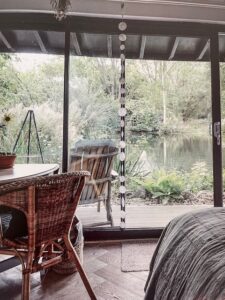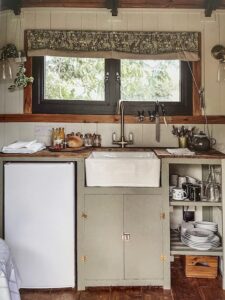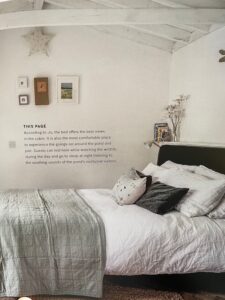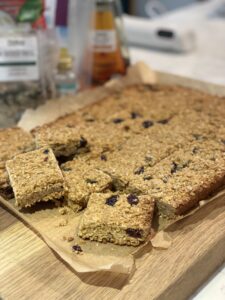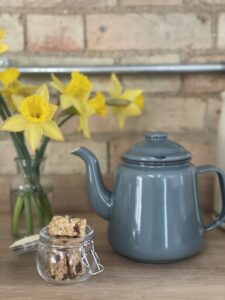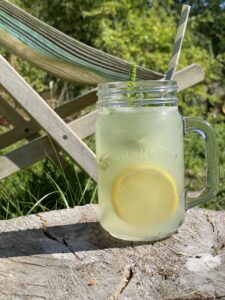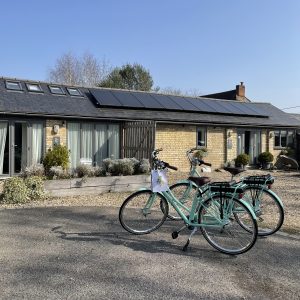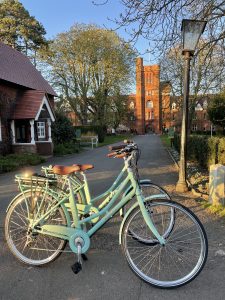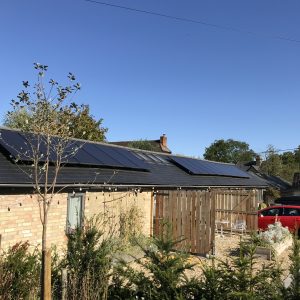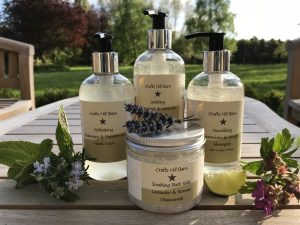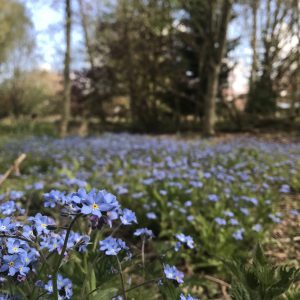With summer days approaching most of our guests will enjoy a trip on a punt down the Cam during their stay. Going along the river is the only way you’ll be able to see many parts of our majestic city (unless you’re a Cambridge student). It is a wonderful way to spend a sunny afternoon, hopefully this guide will help you get the most from your trip (and avoid getting ripped off!).
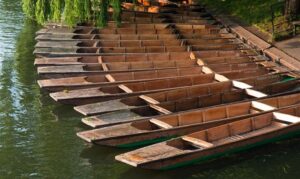
Punting refers to riding on a flat-bottom boat, a punt, pushed by a person, a punter. The punter pushes the boat along the river using a long wooden pole, whilst standing on the back of the punt.
Punts originally had the purpose of carrying goods along rivers that were too shallow for traditional boats. When river trade subsided at the beginning of the 20th century, this change paved the way for the recreational use of punt boats. In 1903 Maurice “Jack” Scudamore built the first punt in Cambridge at Chesterton Boatyard during his boat-building apprenticeship. Jack’s pioneering introduced the pleasure punt to the Cambridge College Backs and the company is still one of the biggest in the city.
Not only did it become a luxurious past-time, but a new tradition of touting and so-called “punt wars” also developed, with punting companies employing touts to bring in customers. It got so bad that in 2016 it became illegal to tout for business in the city centre (other than near to the punting stations), so it is now possible to walk along Kings Parade without getting mobbed by young men with clipboards! They still hang about the river though, and if you look remotely like a tourist you’re likely to be asked countless amounts of times if you want to go on the boats. The easiest way to shake them off is to say you’ve already been!
St John’s college recently published a manual on punting which included the necessary lessons of how to start, lift the pole, steer, and not fall in! It warns against punting with Arts students, advocating that you “ask an engineer” and, most importantly, instructing against standing at the front of the boat as they do in Oxford!
When to go
Most Punting companies operate all year round. You are provided with blankets, umbrellas and hot water bottles in the colder months! Only a thunder storm stops play (because they use metal poles!) The Spring and Autumn are particularly beautiful as you see college gardens in bloom or with autumn colours. A summer’s day is the quintessential time to go but it can be busy, especially at weekends, when you can expect a ton of punts cruising on the river, crashing into each other and people falling overboard!
The busiest time of day is 12-4pm, so if you can get out early or save it for the end of the day it will be a bit more peaceful. An evening tour is lovely with a bottle of bubbly, especially during the Colleges’ ‘May Balls’ when Cambridge skies are filled with fireworks!
DIY or guided punt?
If you decide to rent a punt without a punter, it can be cheaper, you are free to glide at your own leisurely pace, but it’s not as easy as it looks especially if the river is crowded. On a busy day, you WILL be crashed into and crash into other things. It can be tiring and you won’t have any of the history that you’ll be told on a tour. Although, you can always tail behind one of the many chauffeured boats and listen in! You pay by the hour (about £11-30 an hour for the whole punt) so can make a whole afternoon or day of it if you head up the Upper River.
Some people have a natural knack for it, while others fail miserably and we have had guests fall in the water! So, if you don’t feel too confident about being a punter, it’s probably better to leave it to the professionals.
In a chauffeured punt you’ll get to sit back and relax while hearing about the rich history of Cambridge and punting from your guide. You can take along drinks, snacks or a picnic. These tours typically last for about 45-60 minutes, and they are usually done on boats with 12 seats. The price can vary depending on where and when you buy your tickets (as well as with seasons) but a shared chauffeur tour is about £25-£35 per person. If you book a stay with us we will give you a discount code for Let’s Go Punting to book online.
For unique punting experiences, Rutherford’s Punting offer picnics, champagne punting and Gin o’clock cocktail punting.
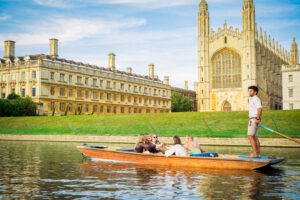
Lower Versus Upper River
Punting in Cambridge is divided into two separate sections of the River Cam. One tour glides along the upper river, while the other covers the lower part. They are quite different experiences:
The lower part of the River Cam is a more popular option. It is a short stretch of river running straight through the heart of Cambridge University and its world-famous buildings, including Trinity College, Bridge of Sighs and Kings College Chapel. You will see 7 colleges (dating back to 1350) and 8 bridges in a 50 minute tour! This part of the river can get incredibly crowded, especially on weekends during the summer. It is the best way to see all the grounds and iconic buildings otherwise only accessible to students and staff.
The upper River Cam is a wider and lengthier stretch that runs through the idyllic Cambridge countryside and is much more peaceful compared to the lower river. You will head south towards Granchester, famous for the TV series and for The Orchard tearooms. This is a good option for anyone who wants to try punting without embarrassing themselves in front of crowds. There are also fewer bridges to negotiate and you will find plenty of beautiful scenic spots for a picnic break!
Lower River: Quayside and Jesus Green

Quayside is a beautiful area along the lower river with lots of bars and restaurants overlooking the water. It is the most northerly point of the river so closest to us. A number of Cambridge punting companies have stations and touts situated here. We would recommend booking online in advance but if you fancy your hand at haggling you can usually negotiate the touts down a bit (as they work on commission). Try saying you’ve been before and going at an off peak time, first thing in the morning or in bad weather! Always walk away if it’s too high and they’ll probably drop the price!
Further along the boardwalk you’ll reach Jesus Green where it is a little less crowded and that is where Let’s Go operate from.
Punting here goes at a slower pace with fewer companies operating in the area. It’s a very beautiful part of Cambridge with pubs spilling onto the waterfront and a large green busy with picnickers or summer drinkers when the sun is out. This is a good place for first-time self-hires as there’s a large area of open water close to where the boats leave you can use for practice. Scudamore’s have stations on both the upper and lower rivers here.
